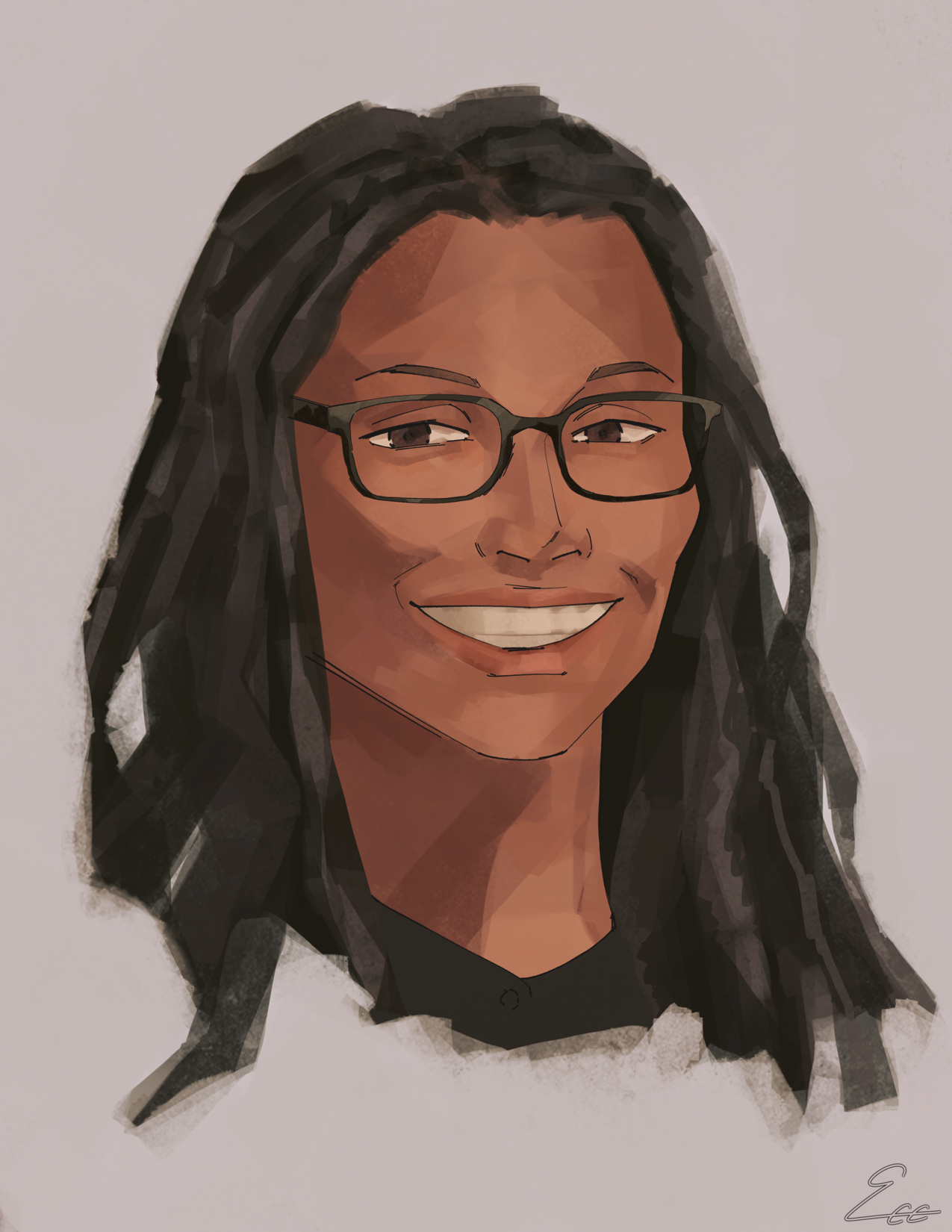Yale researchers weigh in on health equity and how to achieve it
Yale experts comment on the impact of the pandemic on reaching health equity goals and creating novel health disparities.

Cecilia Lee, Contributing Illustrator
During a pandemic that has revealed deep health inequities in the country, Yale faculty dedicated to researching healthcare policies and health equity spoke with the News on the importance of this subject.
Yale affiliates are at the forefront of United States health equity policy, with the University’s Marcella Nunez-Smith, the associate dean of health equity research and founding director of the Equity, Research and Innovation Center, or ERIC, serving as the chair of the COVID-19 Health Equity Task Force in the Biden-Harris Administration. According to a joint statement from Nunez-Smith and Tara Rizzo, the deputy director of ERIC, health inequities are “avoidable inequalities in health between groups of people.” Health inequities are fundamentally shaped by the social world and come from inequalities that are pervasive in the non-healthcare facets of societies.
“Health equity comes about when everyone has a fair shot at living healthy lives,” Nunez-Smith and Rizzo wrote in a joint email to the News. “Health equity happens when social and economic realities themselves become more equal –– when we do not see widespread disparities in food and housing security, access to education, the ability to live in a non-polluted environment, among all the other essential components of a healthy life.”
This sentiment was echoed by Yusuf Ransome, the assistant professor of public health in the Department of Social and Behavioral Sciences. According to Ransome, factors known as social and structural determinants of health cause health disparities that researchers can investigate. These “social determinants” are broad definitions of the conditions in which one grows, plays and works. They include food and housing security, a clean living environment, access to education and social support, according to Nunez-Smith.
Nunez-Smith and Rizzo emphasized that rather than addressing these disparities in well-being, the United States healthcare system often exacerbates them. According to them, poor Americans consistently lack access to high-quality and affordable healthcare, and a great deal of Americans remain uninsured.
“The wealth inequality between racial and ethnic groups is particularly striking –– white families are eight times as wealthy as Black families, and five times as wealthy as Hispanic families,” Nunez-Smith and Rizzo wrote. “This results in significant disparities in health outcomes. The wealthiest Americans now have a life expectancy that is 10-15 years longer than the poorest Americans. Communities of color face higher burdens of chronic disease. They are less likely to be included in clinical trial research and receive innovative therapies.”
The pandemic has only made these realities more apparent. Nunez-Smith said that since the pandemic’s beginning, the COVID-19 death rate for Black Americans has been 2.1 times the death rate for white Americans. This statistic is also 2.2 times higher for Indigenous populations, 2.4 times greater for Latino populations and 2.7 times higher for Pacific Islanders, according to Nunez-Smith.
Rizzo emphasized that it is important to remember that these inequities pervaded the American healthcare system and beyond even in the absence of COVID-19 — but the pandemic has spotlighted them. Communities of color are less likely to have access to care, and more likely to have underlying health conditions, for example, according to Rizzo and Nunez-Smith.
“Health equity isn’t a temporary thing,” Ransome said. “We don’t want to look at it as a temporary thing that we need to implement right now. It is important that we give credit to those organizations and states and agencies that are doing things in the community to meet that immediate need, but one of the things we want to urge as well is that there is some long-term commitment and sustainability.”
Ransome also explained that families who are affected by COVID-19 are facing lofty expenses for hospital bills and treatment, all while likely receiving a reduced income due to the unemployment crisis at hand.
Not everyone can afford to take three months off their job, such as people working as essential workers or for a minimum wage — and these individuals often come from communities of color, according to Ransome.
“Health equity isn’t something that we can accomplish during COVID-19 because we see the disparities that COVID-19 has produced,” Ransome said. “Because we know that in order to get back to ‘normal’ we need to intervene in populations that are experiencing the breadth of the disease.”
Ransome added that an idea that could change short-term behavior could be to open pop-up clinics that administer vaccines in such under-resourced communities 24/7, rather than just during the 9 a.m. to 5 p.m. workday. This would allow people who otherwise could not make it to the clinic after working all day to find times to get vaccinated, according to Ransome, who added that an additional plan could be to keep these clinics open permanently even after the main vaccination period in order to make sure no one is left behind.
Nunez-Smith, Rizzo and Ransome agreed that the United States is characterized by profound racial and economic inequality. In order to achieve health equity, effective interventions — including partnerships between healthcare institutions and non-healthcare systems — “must work at the system level to empower marginalized communities,” Nunez-Smith said.
ERIC works on advancing equity research in New Haven and beyond.
Anjali Mangla | anjali.mangla@yale.edu








